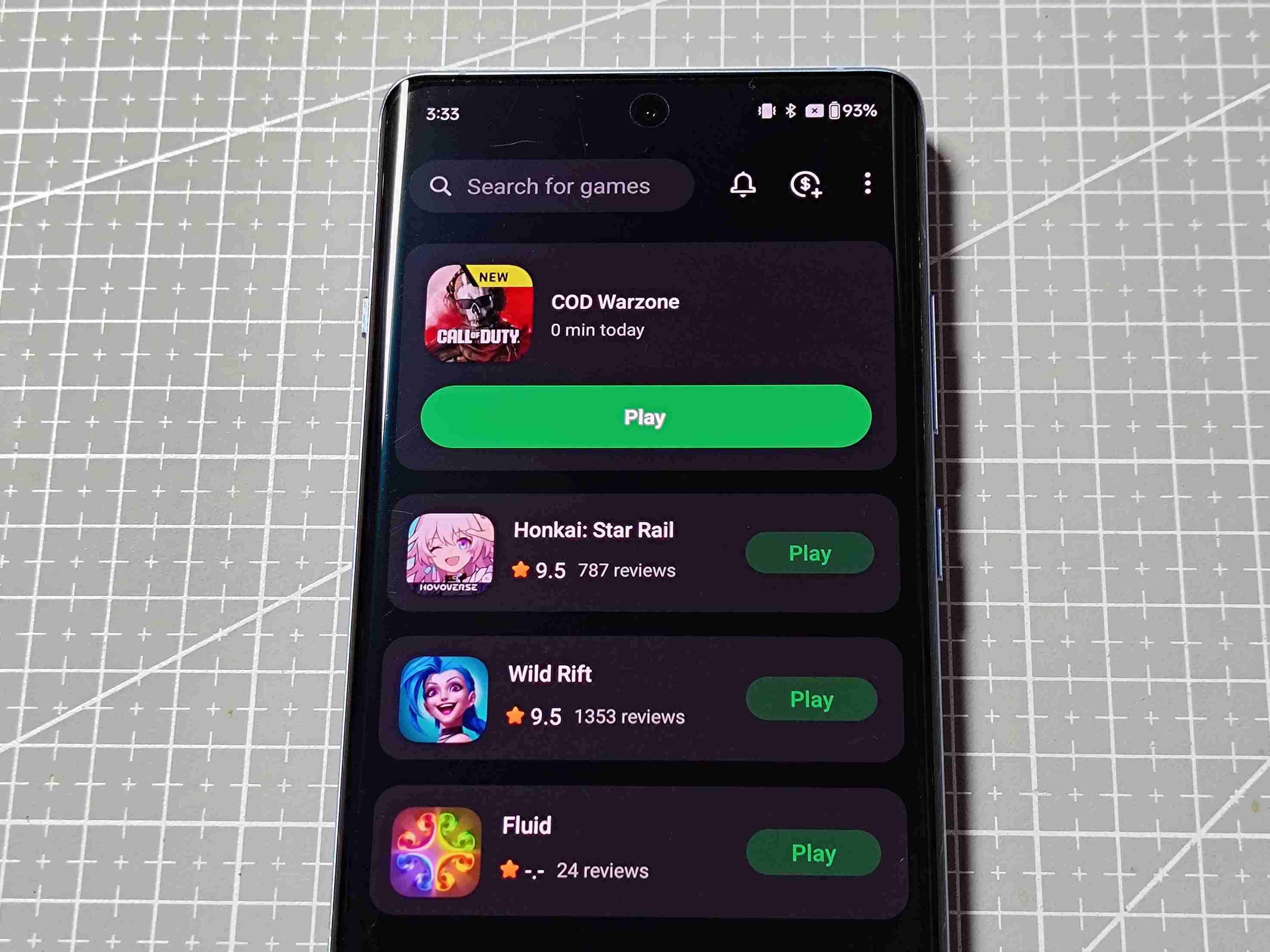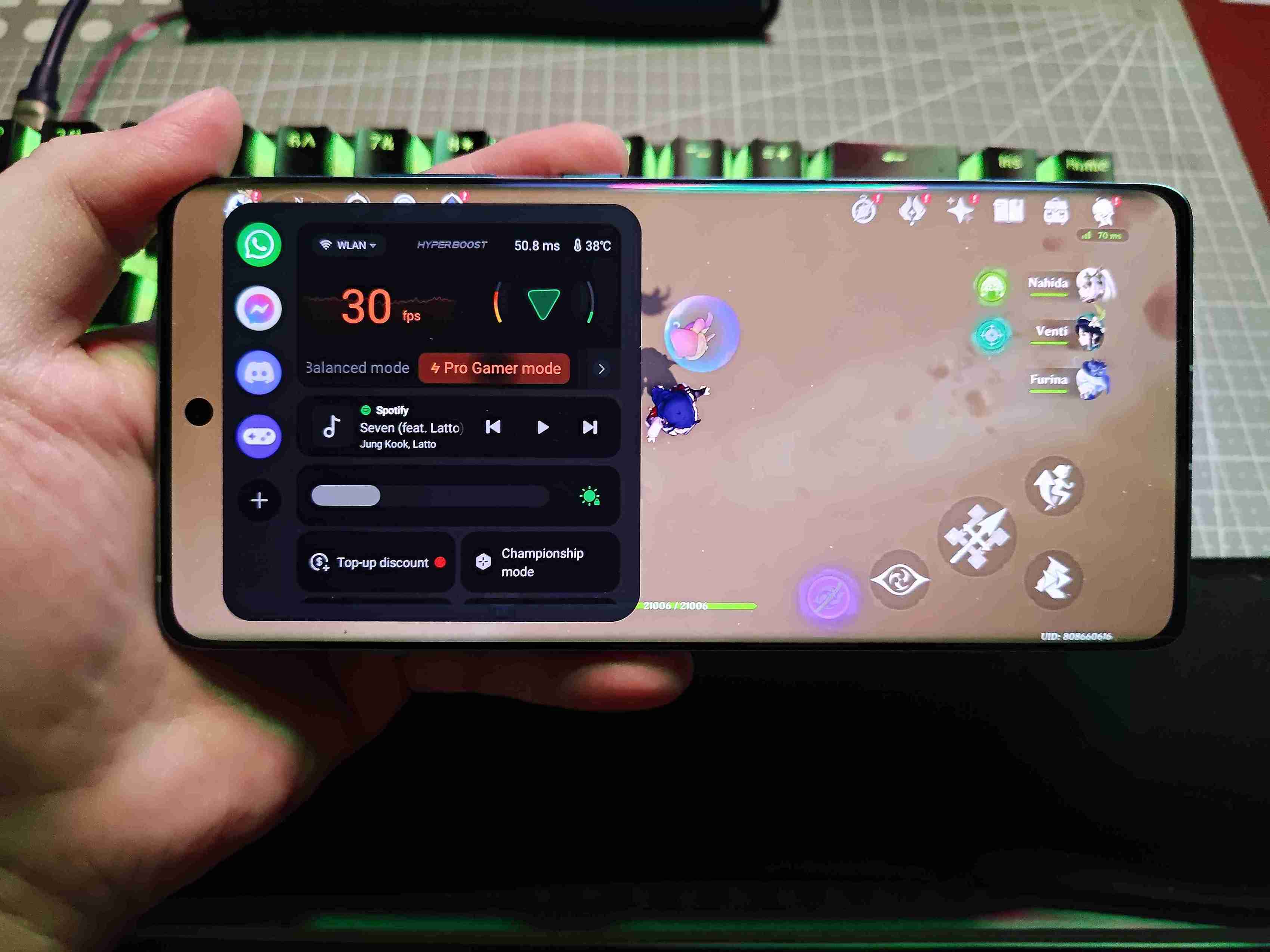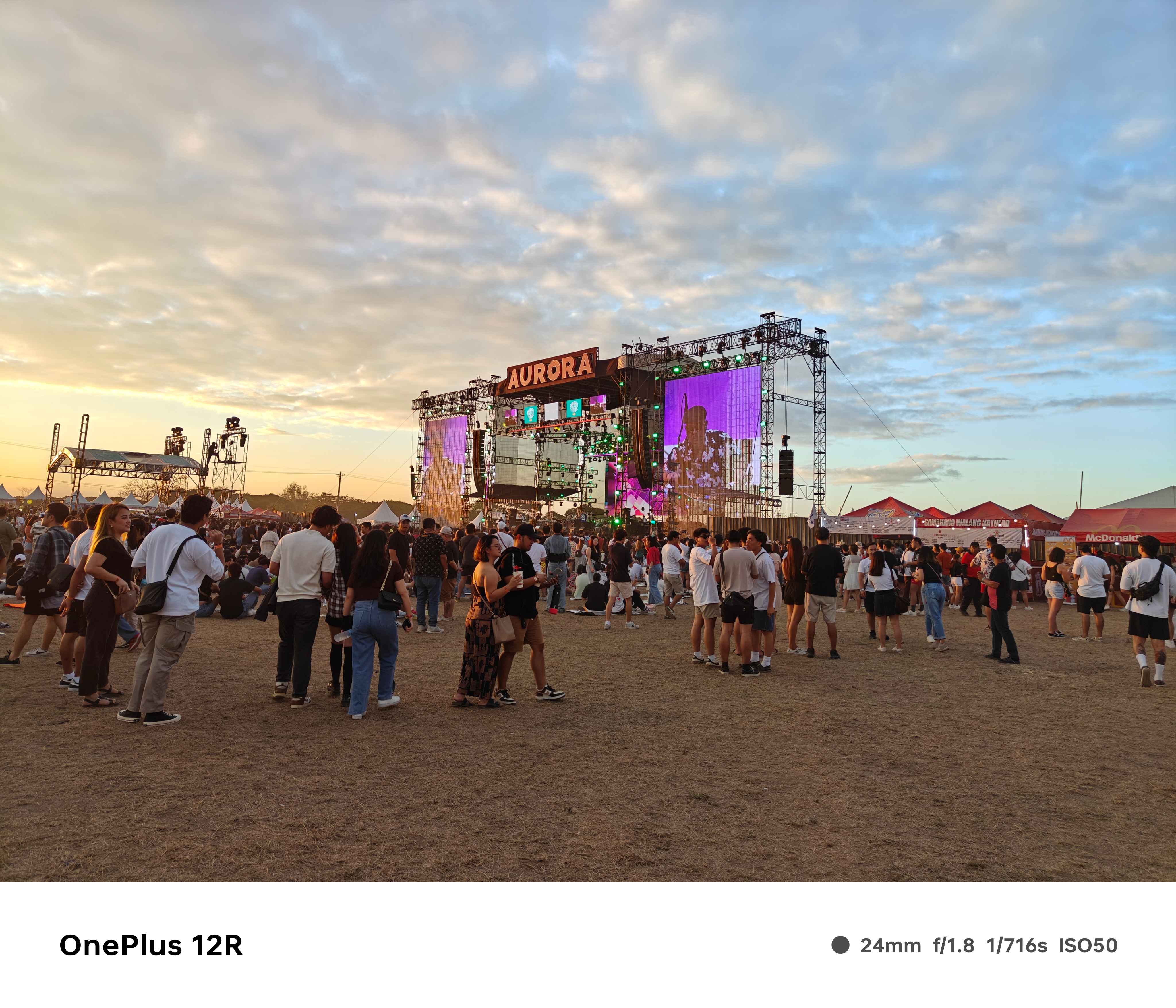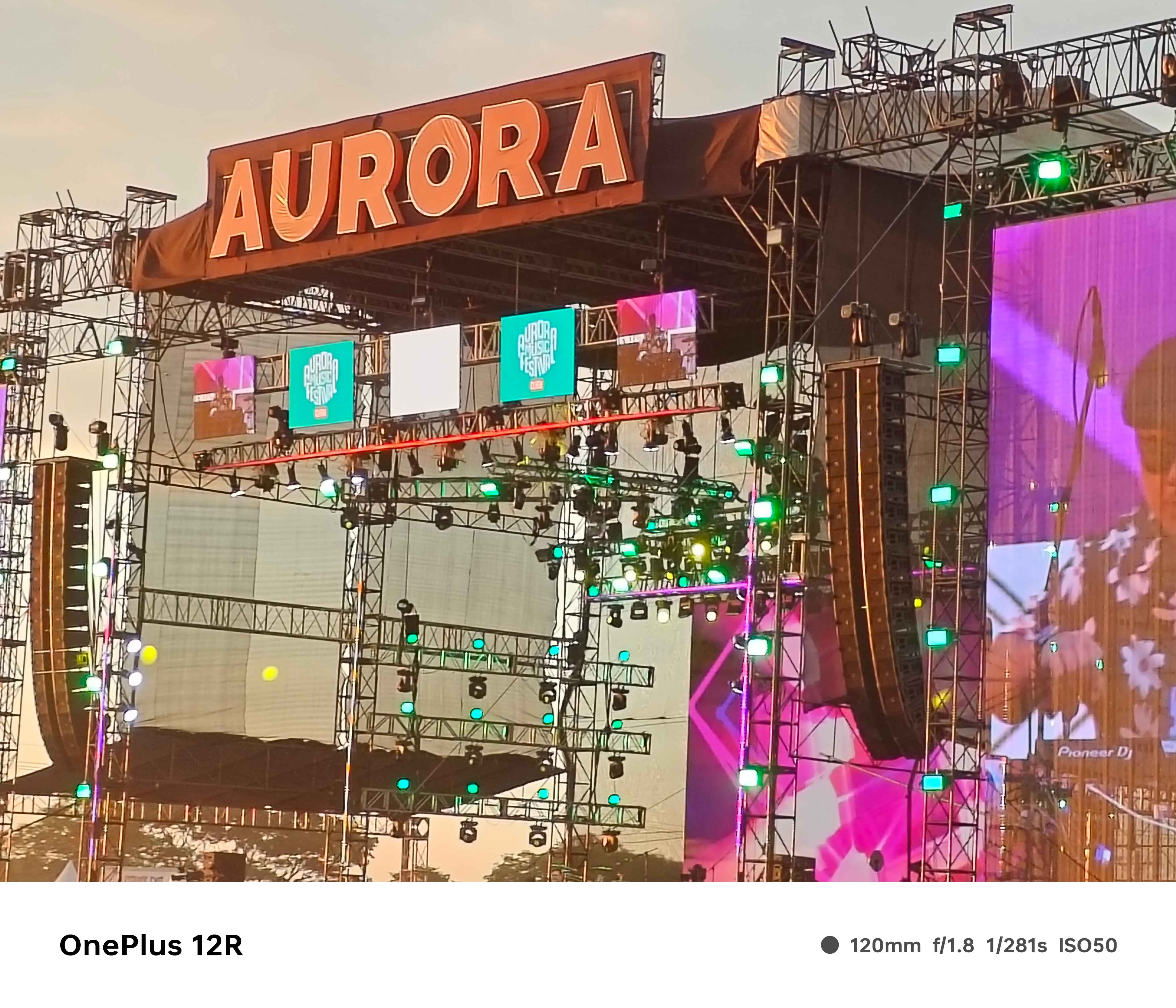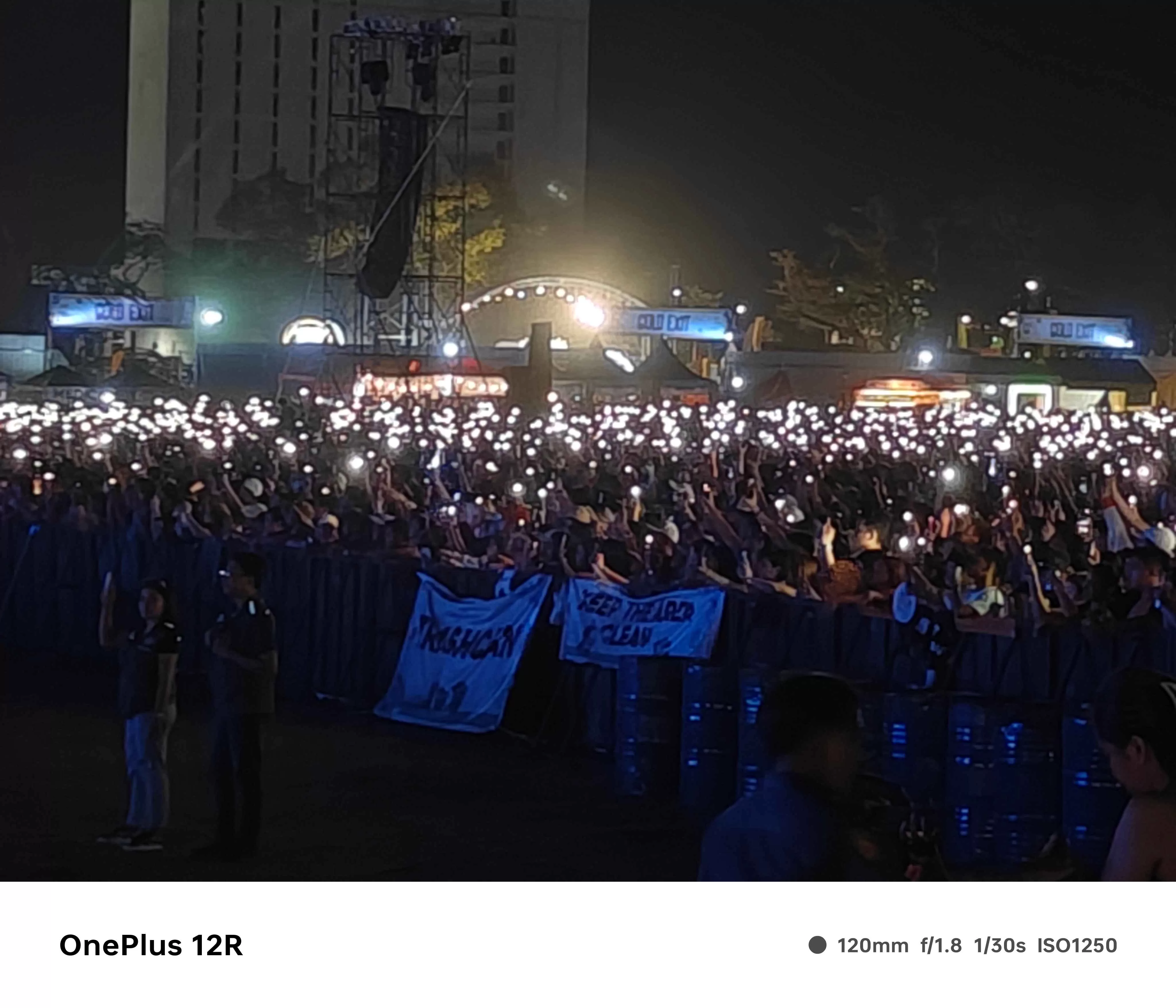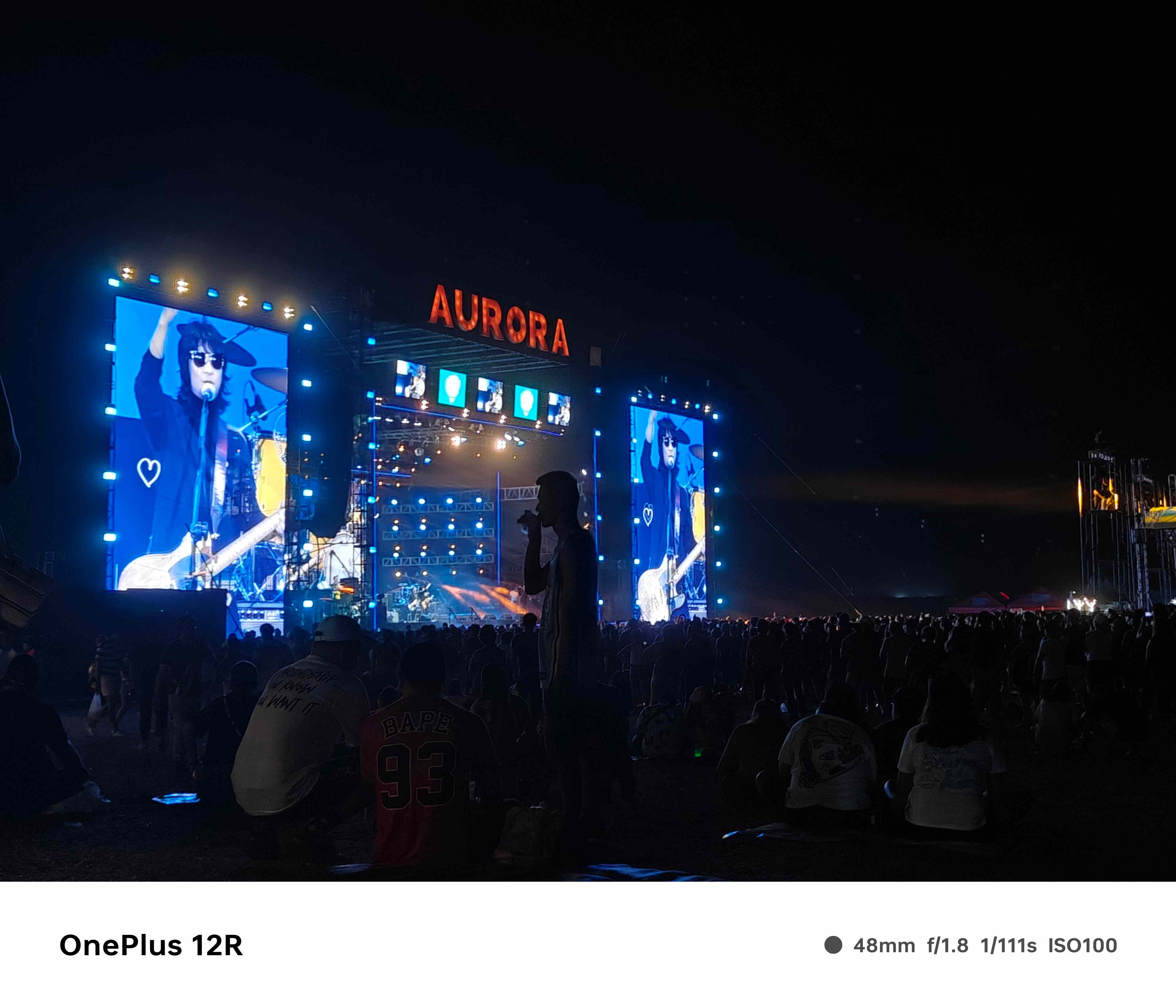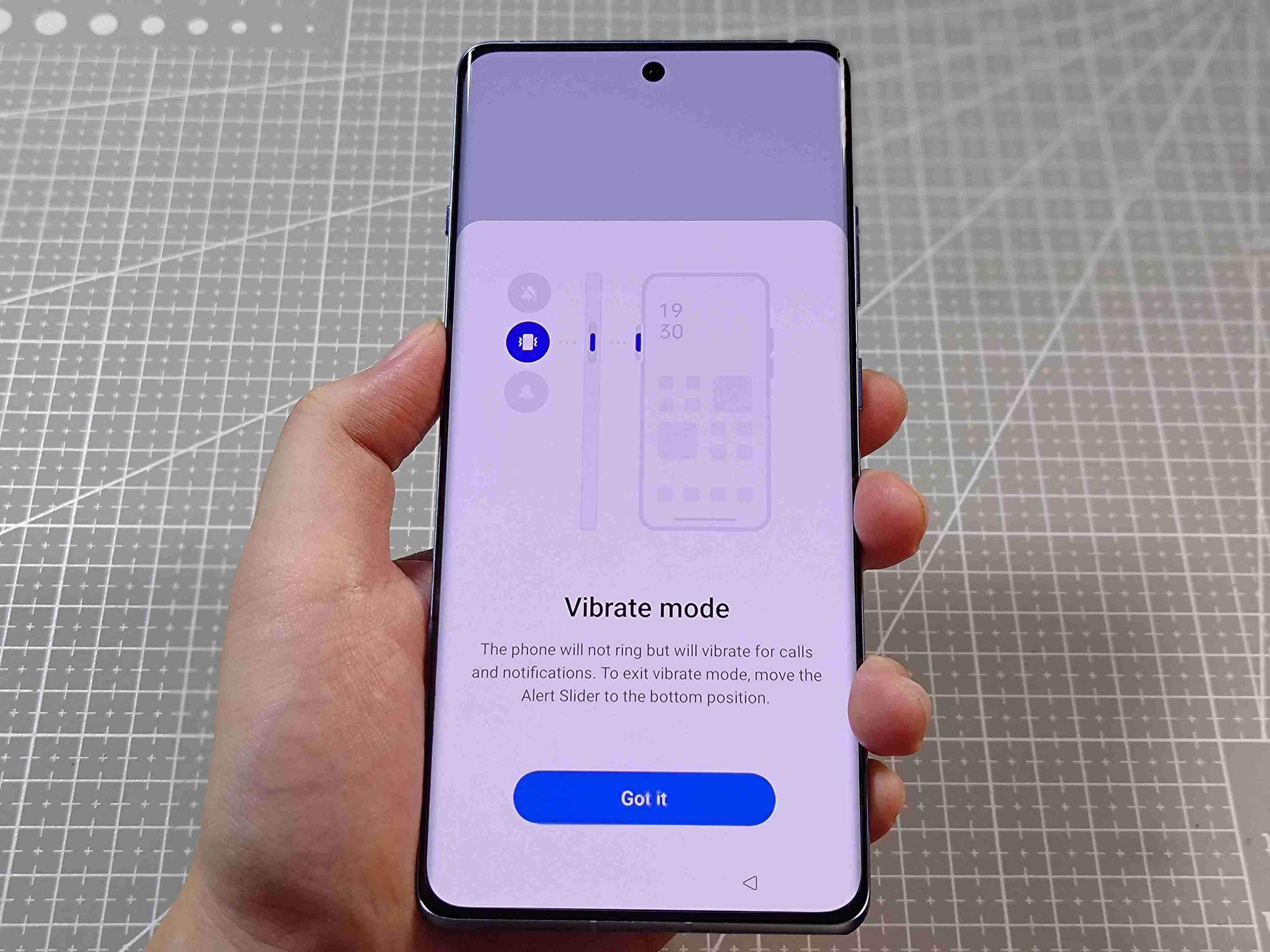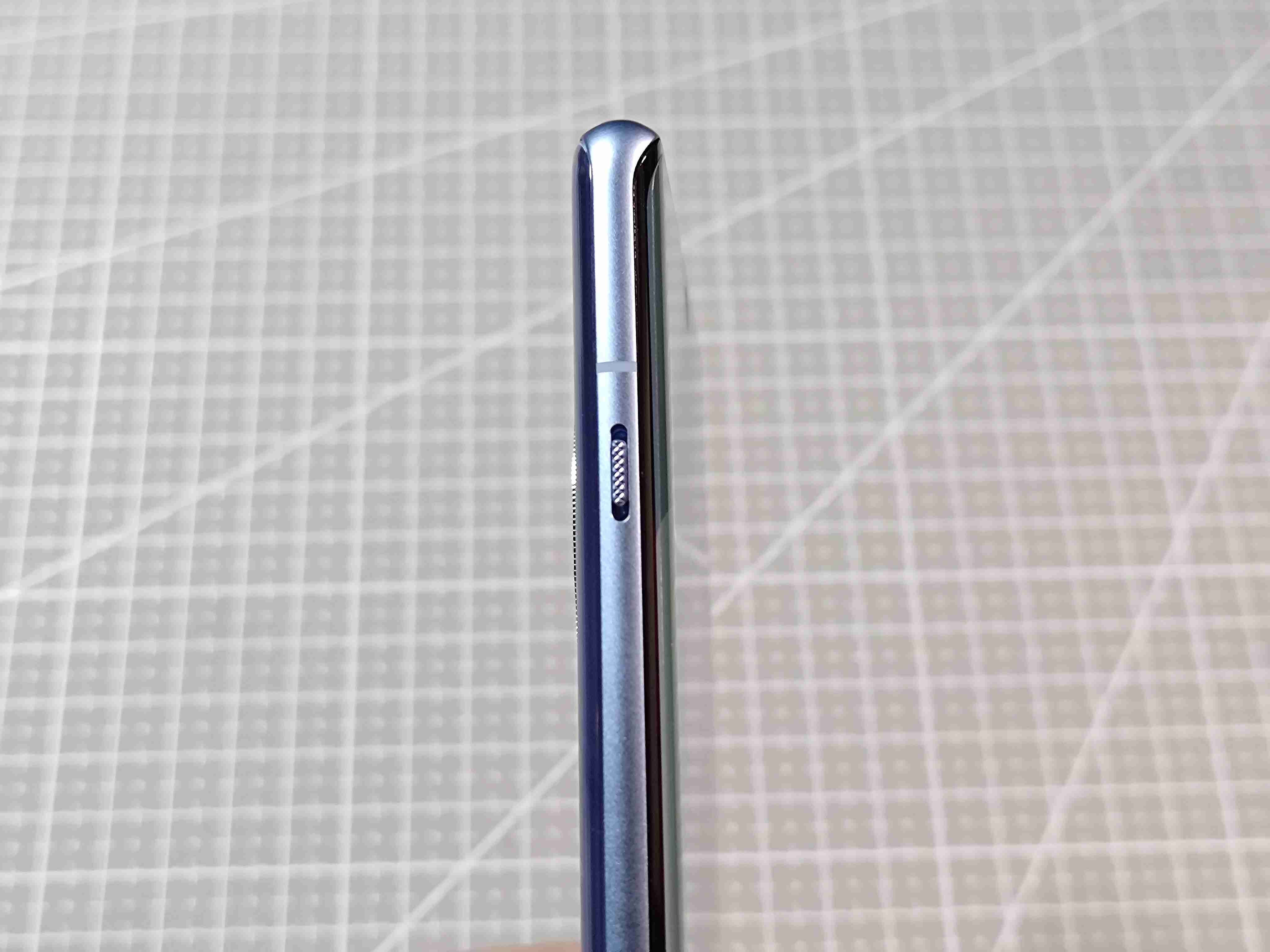OnePlus 12R Review | Geek Lifestyle
The OnePlus 12R flexes its flagship qualities while staying precariously on the edge of the midrange market.
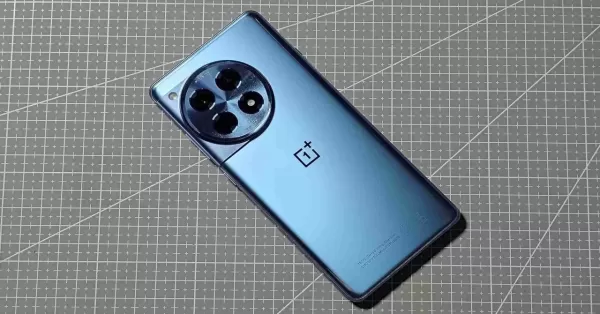
The start of the year is looking pretty intense, as OnePlus decided to break the newest entry to their popular sub-flagship lineup, the OnePlus 12R. Coming into quite the precarious price position, this smartphone brings most of the sensibilities one would find in OnePlus’ premiere series while incorporating some midrange features to make sure consumers’ pockets don’t rip from the seams.
It’s been a while since we had an R-series smartphone available locally, and those who aspire to have the more upper crust OnePlus experience have been waiting quite eagerly for this. We’ve had a bit more time with the OnePlus 12R since our first impressions–and while not much has changed from our perspective, we’ve more or less developed a more solid opinion on the device. The competition is fierce, most especially once you venture around this smartphone’s price range. Just how much weight does the OnePlus title command nowadays, and is it enough to compel you to give your undivided attention?
The plot most definitely thickens.
Geek-sthetic
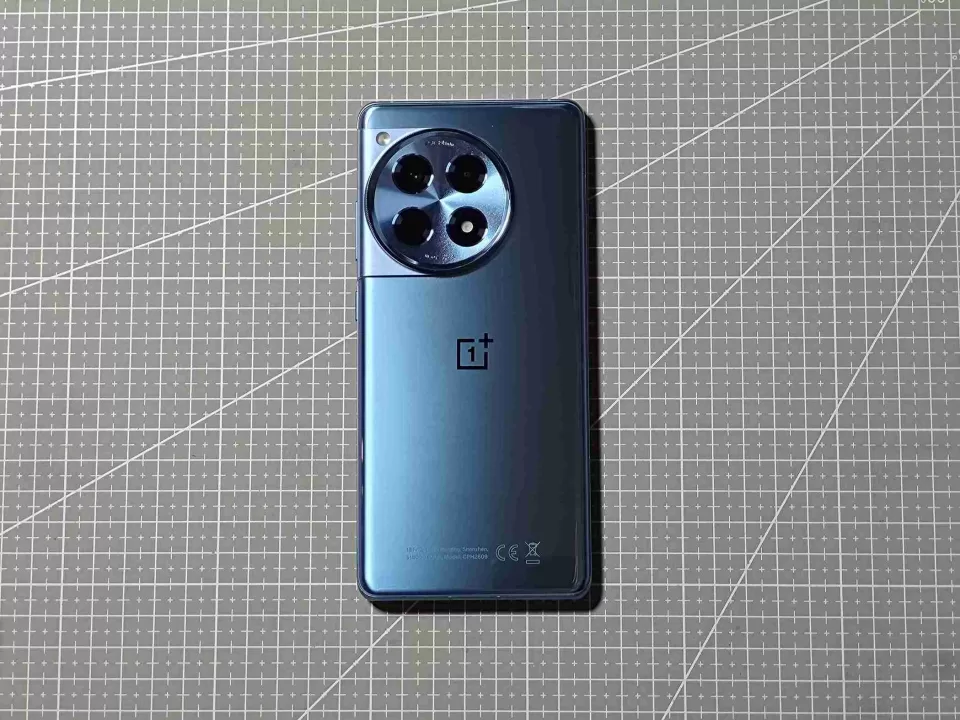
Our Cool Blue OnePlus 12R is a sight to behold–simple, yet very sleek. The glossy finish has a nice sheen, but with it comes the usual caveat, an obscene attraction to fingerprints. Upon the first unboxing, we didn’t assume it would be so egregious, but after a couple of weeks, we’re left with a crime scene on the smartphone’s backside. If you’re not a fan of fingerprints, you’ll need to purchase a separate case. Otherwise, flaunt it.
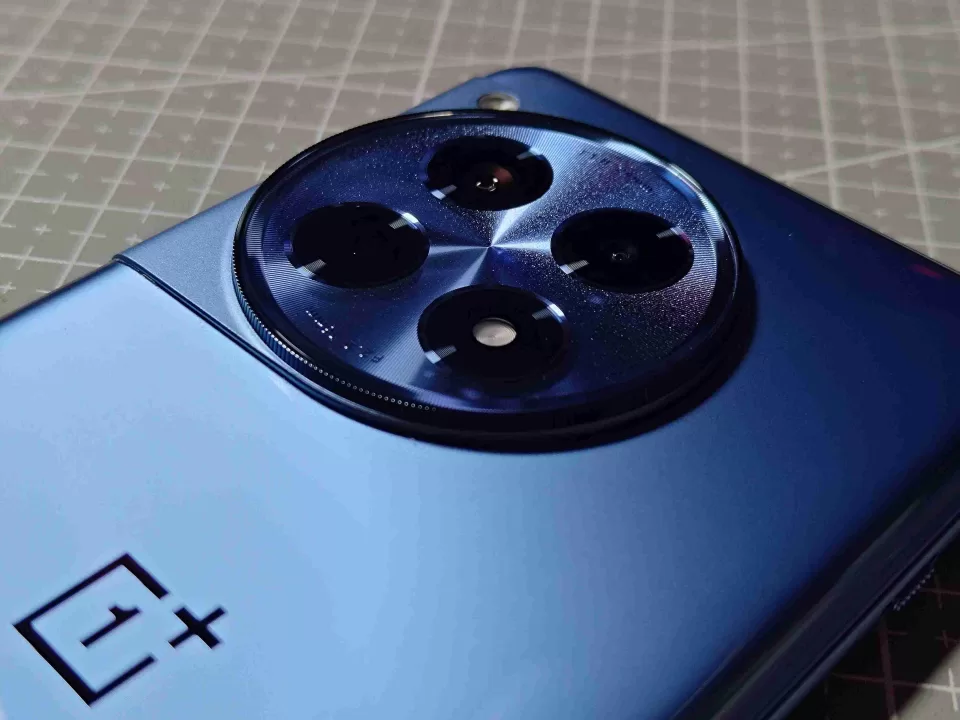
At 163.3mm long, 75.3mm wide, and 207 grams in weight, it’s one hefty boy indeed. At 8.8mm thin, it’s more on the svelte side, though. The ride edge facing you has the usual buttons, and it’s flanked by the patented alert slider on the opposite side. It’s nifty to have, and part of the smartphone’s identity. We have stereo speakers on the top and bottom, the trademark triple camera setup on the backside, and some mandatory disclaimers on the posterior.
It’s a no-nonsense design that’s more akin to last year’s flagship. The same goes for its Iron Gray counterpart. Adorned with an IP64 rating, you’re guaranteed that only fingerprints will be violating your smartphone’s aesthetics. Water and dust will have a much harder time. But what about its display, though?
Binge-Watching Factor
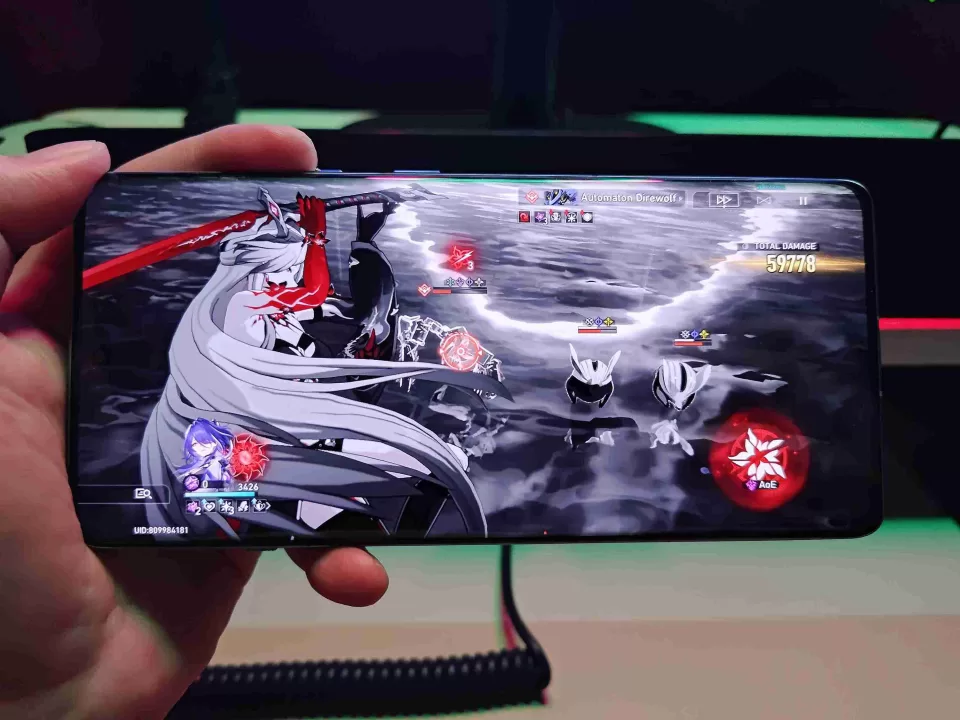
The OnePlus 12R has a very capable display, and doesn’t really fall far behind its flagship counterpart. While just a teensy bit smaller than the OnePlus 12, the 12R is clad with a 1.5k 6.78-inch LTPO4 AMOLED ProXDR display. We also get HDR10+, a snappy 120 Hz refresh rate, and a 94.2% screen-to-body ratio. We just love how that chin keeps getting trimmed with every iteration. It’s also protected by Corning Gorilla Glass Victus 2, so a few errant drops shouldn’t hurt–at least, not much.
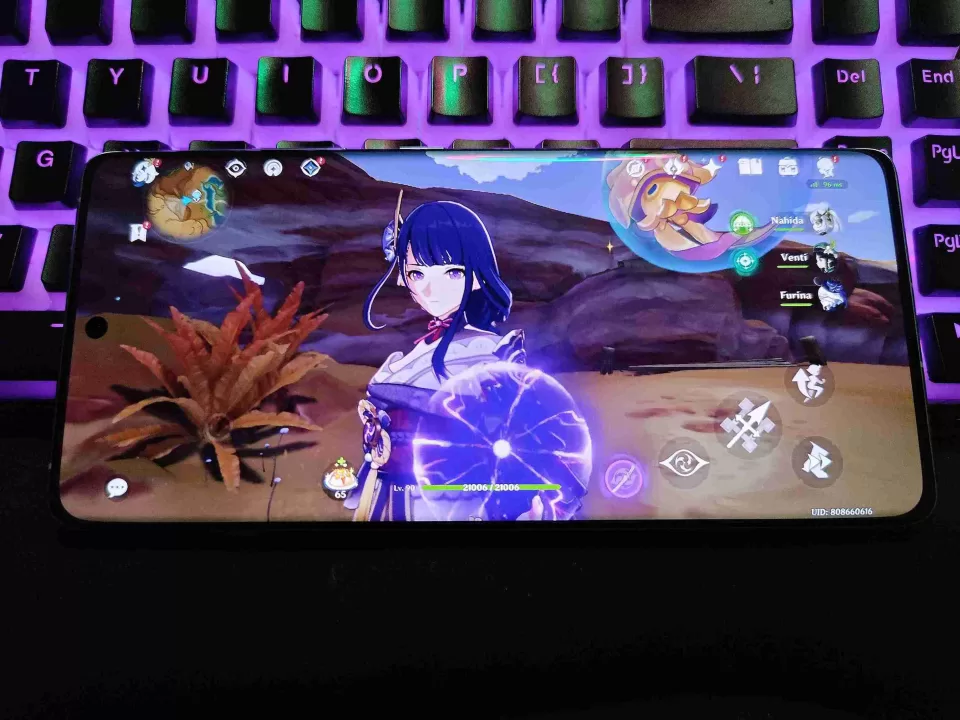
The 2780 x 1264 resolution just hits the spot when watching your favorite shows, or simply enjoying the cut scenes of your go-to mobile games. We all know how the newer titles like to flex their graphics. You can choose to enjoy your viewing experiences either through very clear Dual Stereo Speakers, or through your cans via some sweet Spatial Audio–something that’s a first for OnePlus in its 12 series.
Another noteworthy feature that finds its way to the OnePlus 12R is Aqua Touch. The goal is to maintain the smoothness while navigating through apps on your display even if it’s been splashed with water. This function isn’t 100% perfect, though. It struggles a bit when determining the difference between a tiny sprinkle and a full couple of sprays–with the former causing more trouble sometimes. It’s still noteworthy, as other phone displays would simply cease to function. It’s definitely fine to have, especially when you need to book a ride under sudden rain. We’ve all been there.
Gaming Prowess
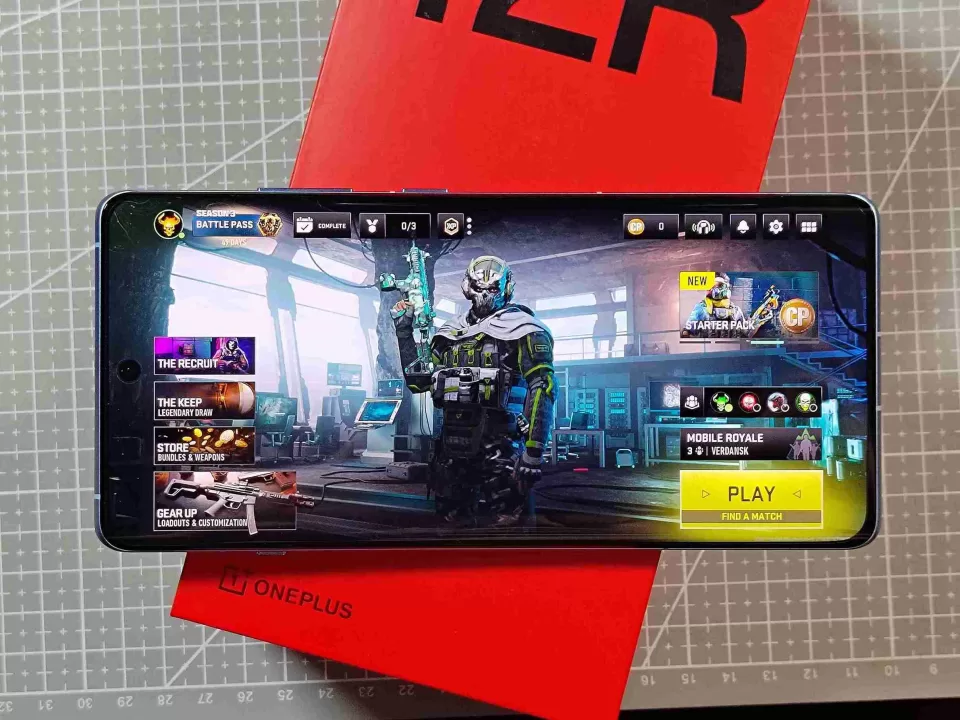
Make no mistake. The OnePlus 12R can most definitely game, if you so desire. We’d be disappointed if it couldn’t, as it comes packed with a Qualcomm Snapdragon 8 Gen 2 Mobile Platform and straight up 16GB of RAM. It’s an older flagship chipset, but a flagship chipset nonetheless. We can’t say the same about the RAM, though, as we’re now packing LPDDR5X–which makes things even more efficient. Having a combo that, on paper, optimizes quite well with any smartphone’s OS and battery, you can say we were excited to take a stab at things–literally.
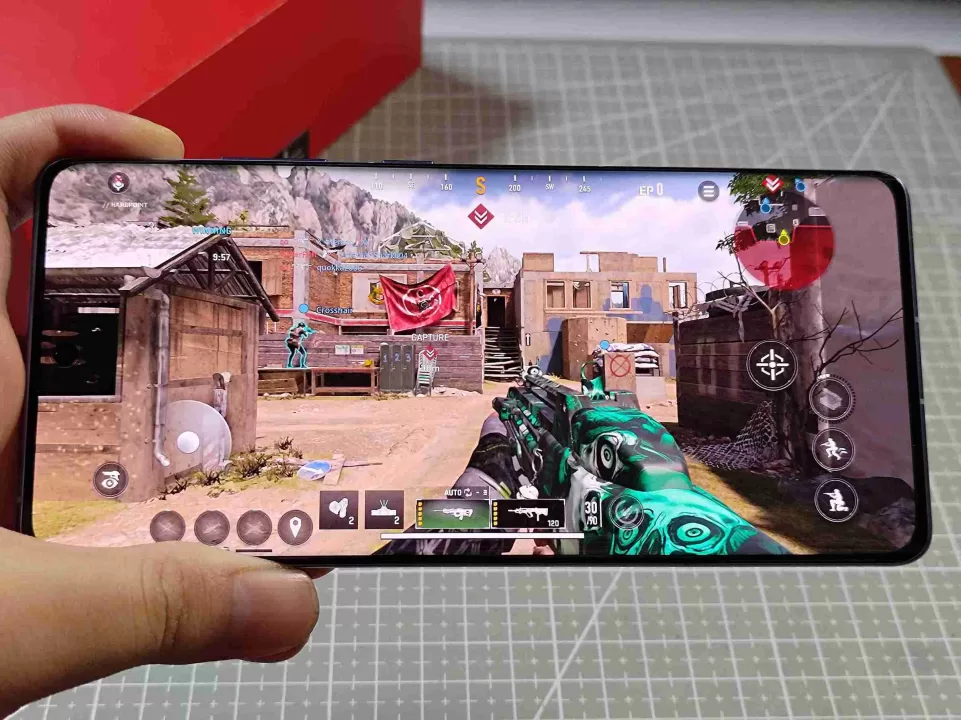
Honkai Star Rail (HSR), Genshin Impact, and the relatively new Call of Duty: Warzone Mobile (CODWM) were on the chopping block–set to max, no questions asked. Things were quite peachy for HSR, suffering from no jitters or frame drops. Regardless of the situation in-game, things were smooth. As for Genshin Impact, we had to remove motion blur as usual. Things only really go sideways if there are more than five enemies on-screen with motion blur switched on. Switching it off rectified the problem. As for CODWM, things were rather interesting. The game itself is designed in a way that resources load progressively while you play the game–and your overall experience is hampered by everyone’s collective internet connection. Regardless, we could could play without a hitch on the game’s highest settings and only experienced any stuttering early on–with incomplete resources. Long story short, you can most definitely play them all.
Two things we’d like to discuss are the built-in game toolkit and surprisingly decent thermals. The toolkit works quite nicely–until it doesn’t. One feature worth noting is Hyper HDR that further enhances the game’s graphical fidelity, even by smidge. One thing we noticed is more solid lines around game sprites that would only be found in higher-end gaming devices. It’s a nice addition. However, triggering the toolkit (swiping down on the left or right screen) seems to share Genshin Impact’s gacha mechanic–it’s very hit or miss. Unlike your homes screen where you nonchalantly swipe down to access the shelf, it took us multiple attempts to access the toolkit. Hopefully, this can be fixed with a firmware update because we do miss the easily accessible tab that sticks out from the screen’s left side.
As for thermals, the OnePlus 12R ran surprisingly warm for a good three hours. Notice how we said “warm” instead of “like a blast furnace.” For more higher-end games, this is quite the blessing for anyone who’ll be slapping on a TPU case. You wouldn’t want any additional unwarranted heat cooking your phone’s insides, so good job in this department.
Geek Photoshoot Capabilities
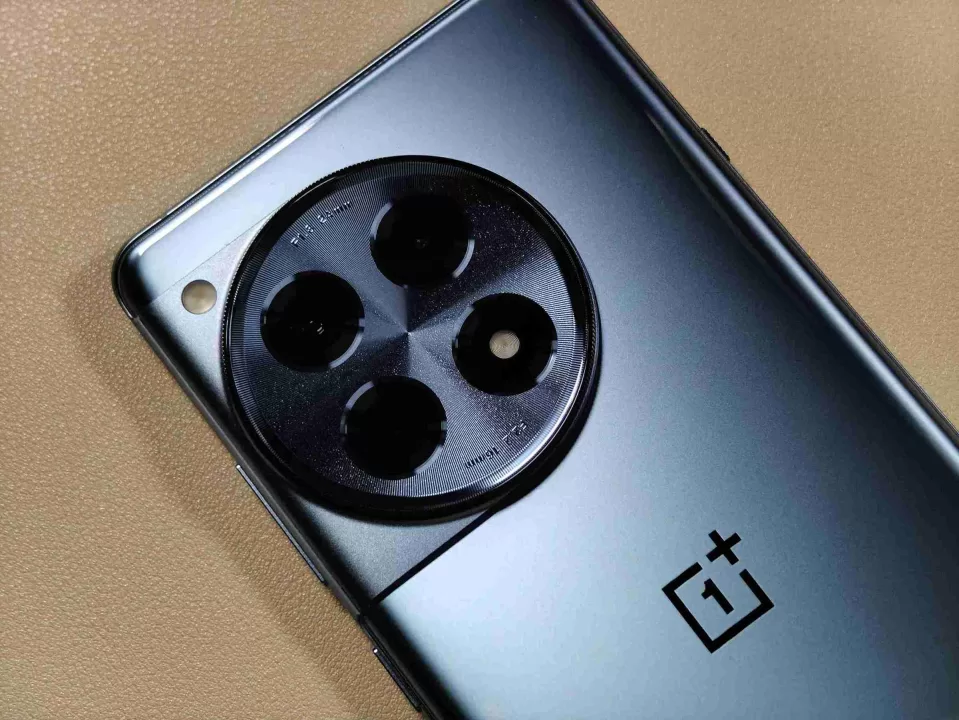
For the OnePlus 12R, we get a triple camera setup and a front-facing lens at our perusal. The main shooter comes in the form of a 50 megapixel camera with a Sony IMX890 sensor. It’s flanked by an 8MP ultrawide, and a 2MP macro lens. While not as impressive at first glance, OnePlus makes up for it by incorporating some intelligent software that further enhances your photos.
The main shooter also comes with some very good image stabilization, which makes for steadier shots. While the photos become a tad brighter overall, the colors don’t change much with the lossless zoom.
The portrait shots came out pretty decently, too. With the AI not being all too aggressive, we get a nice bokeh effect that doesn’t make our subjects seem like they’re being slowly consumed by the void. At the end of the day, that’s all we really want. We love our photo subjects.
There’s a good amount of detail in the photos, most especially under good lighting. When switching to night mode, things don’t change drastically–which was nice, but you do get a teensy bit of noise the darker it gets.
As for selfies, the 16MP front camera can pull its weight. Both while shooting from the hip and switching on portrait mode, you get some nice, clear shots. The bokeh still pops, albeit with a bit of a shadow effect which wasn’t present in the main shooter.
As for videos, you can shoot up to 4K 60 fps with the main camera, which is quite nice. It would have been nice if we could shoot at least 60 fps for the front camera even at 720p. Alas, we’re limited to 30 fps with up to 1080p quality. They’re great for video calls, or taking reels and stories at most. We wouldn’t recommend it for livestreaming, though.
Everyday Reliability
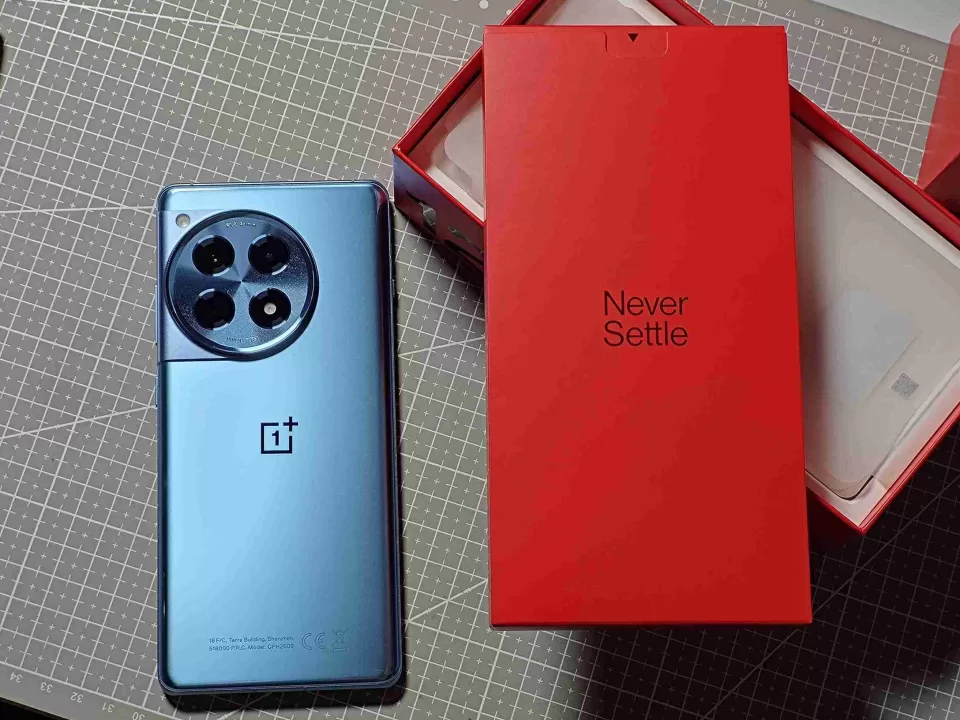
In a nutshell, it’s safe to say that any upper-midrange, flagship-like smartphone can absolutely perform reliably as a daily driver, all things considered. OxygenOS 14 coupled with Android 14 are quite the formidable tandem in keeping the OnePlus 12R up and running. The Trinity Engine platform bolsters efficiency even further as it allows your CPU, RAM, and ROM to fire on all cylinders consistently. This also allows you to multitask for days. Speaking of days, you get four years of software support, which is something to look forward to.
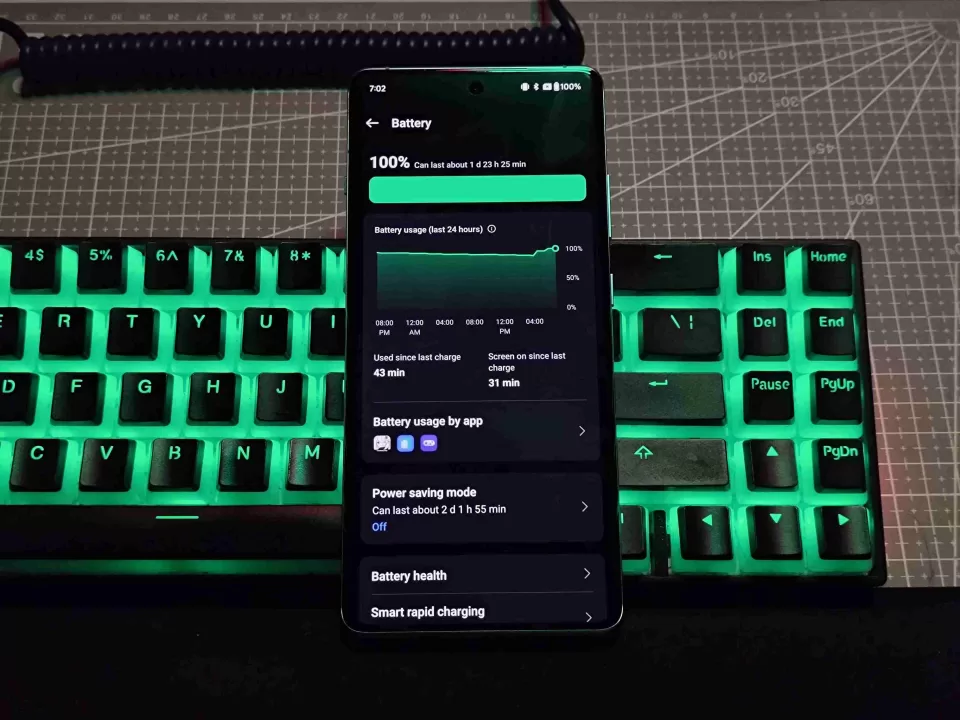
In terms of power, we’re getting a very beefy 5,500mAh battery, and 100W SUPERVOOC charging. In our experience, we got a bit more than two days worth of battery life with minimal use–and could probably get even more when on standby. Once we turn on mobile data and play a few more games in between work, those two days shrink down to a good ten hours tops. Mobile data is the real killer in any smartphone.
Last, but not least, let’s talk a little bit about the alert slider. It’s something popularized by OnePlus, and has always found its way into their numbered series–and those of its ilk. It allows you to switch between notification and alert modes on the fly with the quick flick of a switch. While it won’t be something you’ll likely be using constantly, it’s just nice to have it. Personally, we just think it’s great that there’s a button on the other side.
In case you haven’t been convinced thus far, the OnePlus 12R can be your reliable partner, 100%.
Final Geek Lifestyle Verdict
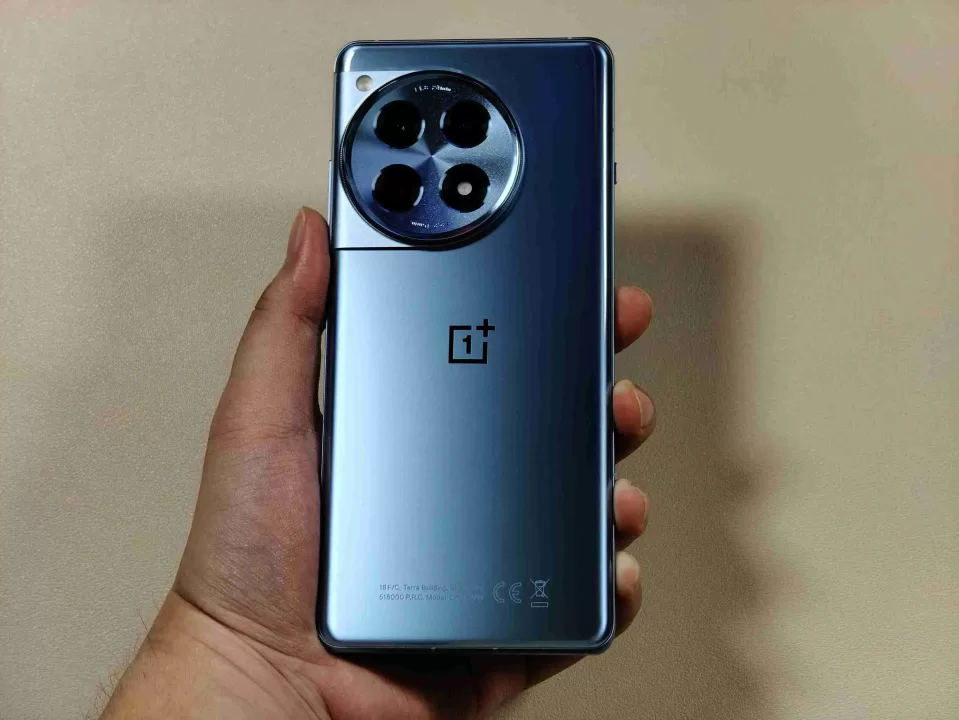
The OnePlus 12R is a capable, reliable, and definitely stylish upper midrange phone. It has a powerful chipset, a decent camera setup, and software that will be on your side for better part of half a decade. Those are but a few reasons to consider this smartphone. That being said, there’s one small elephant in the room here–the pricing. For a device that’s still considered technically “midrange,” it straddles the flagship price line rather dangerously at PHP 43,990.
If, after going through our review, and possibly testing it out for yourself, you still feel like this is the phone you desire, we’d agree that it’s a fine choice. It’s definitely a compelling option. However, if you do believe that it’s a tad above its local price range–being only slightly less expensive than the OnePlus 11, we wouldn’t blame you either. In the end, the choice is yours. It is quite the device, though.
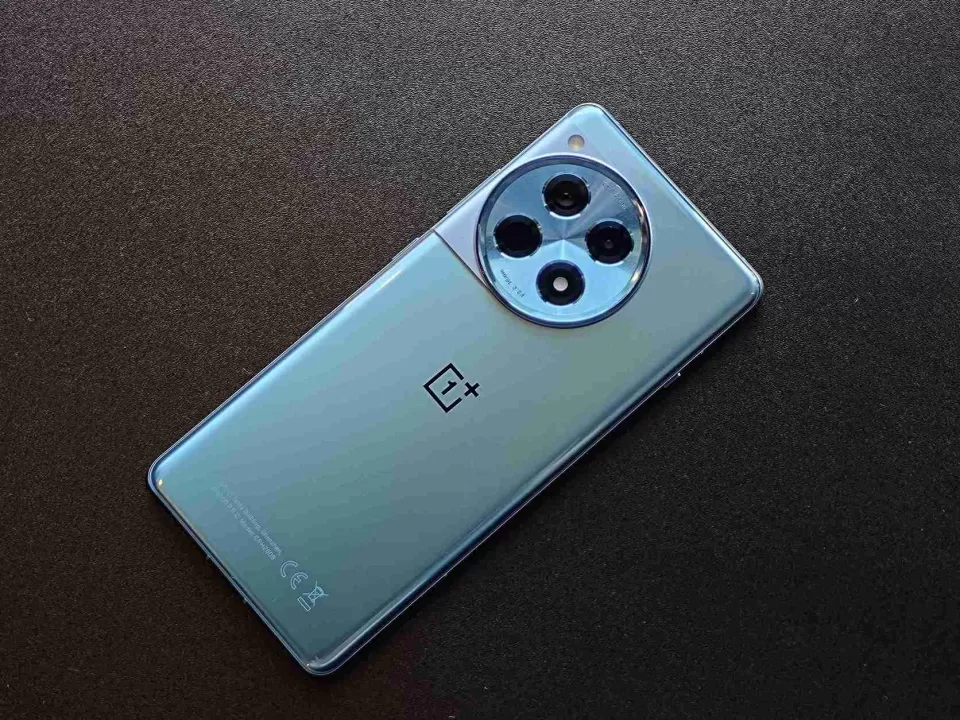
The OnePlus 12R with 16GB RAM and 256GB storage is now available for pre-order until April 26 via Shopee with a hefty PHP 2,200 voucher discount and free bluetooth speaker. Find your nearest OnePlus physical kiosks here. For more information, check out their official website.
OnePlus 12R specs:
- Qualcomm Snapdragon 8 Gen 2 Processor
- Adreno 740 GPU
- 16GB RAM
- 6.78-inch LTPO4 AMOLED HDR10+ (1264 x 2780) display, 120Hz refresh rate, Corning Gorilla Glass Victus 2, 4500 nits peak brightness, 94.2% screen-to-body ratio
- 256GB storage
- 50MP f/1.8 main with Sony IMX890 sensor
- 8MP ultrawide camera
- 2MP macro lens
- 16MP f/2.4 wide front camera
- 3G, LTE, 5G Dual SIM
- WiFi 7, Bluetooth, GPS, under display fingerprint scanner, gyro, USB Type-C
- 5500mAh battery with 100W SuperVOOC fast charge support
- Android 14 with OxygenOS 14
- Cool Blue (Glossy), Iron Gray (Matte)
- PHP 43,990.


